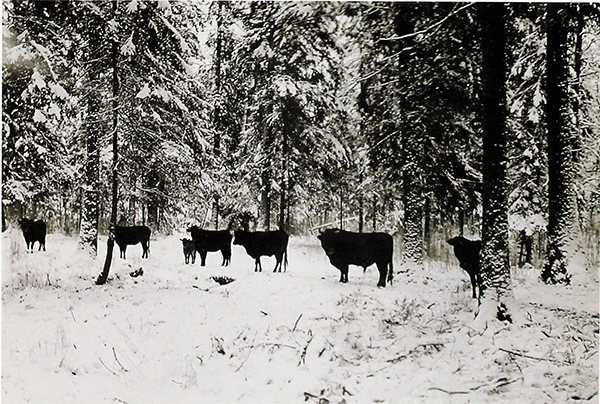The history of hunting in the Romincka Forest
In the 1890s, the territory of the Romincka Forest was fenced off by order of Kaiser Wilhelm II. The roads, along which fences were also erected, were open only for forest maintenance. During the deer rut, the prime hunting season, access to the forest was restricted for everyone. The forest was transformed into a royal hunting ground. Count Eulenburg, a frequent guest and participant in the imperial hunt, calls it disgusting in his memoirs: “Such a slaughter of game, driven into a large fenced area, in the center of which shooters shoot the animals, suffocating and rushing in despair along the fence, is an amusement unworthy of a king.” There are some surviving reports about the results of the royal hunting “amusements,” which are more reminiscent of war reports about the destruction of the enemy.
At one time, the following took part in hunting in the forest: the last Master of the Teutonic Order and the first Duke of Prussia, Albrecht of Brandenburg, Margrave Georg Friedrich, Elector Johann Sigismund, Kaiser Wilhelm II and the well-known Hermann Goering. One of the descriptions from 1683 says that Elector Johann Sigismund got 4935 red deer in the Romincka Forest during seven years of hunting. Just one and a half to two centuries ago, the fauna of these places was much more diverse than it is now. But the last bison of Romincka was killed in 1755, the bear in 1788, and the lynx in 1860.
And once upon a time, the first hunters hunted in these places with a bone harpoon or a flint spear, and their prey was reindeer. With the end of the Ice Age, the territory was populated by semi-sedentary tribes who continued hunting and gathering on these lands.
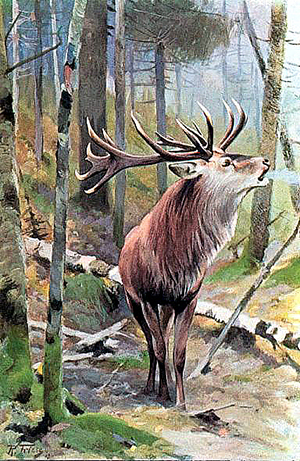
With the arrival of the Teutonic Order in the territory of East Prussia, seasonal gatherers of forest gifts appeared in the forests, and a period of permanent Komtur hunts began. In accordance with the law of that time, it was allowed to use the forest resources only with the permission of the Komtur. The forest resources were guarded by forest guards, numerous prohibitions were in use, and the right to hunt was divided into large and small game. The forest was divided into special hunting grounds for the Komturs and Masters of the Order. The Great Hunter of the Forest was appointed, to whom the foresters and guards were subsequently subordinate. Subsequently, the Forest became a favorite hunting place for Prussian dukes, electors and kings. Hunting was carried out for deer, elk, wild boar, as well as bears, bison and lynxes, which were later exterminated.
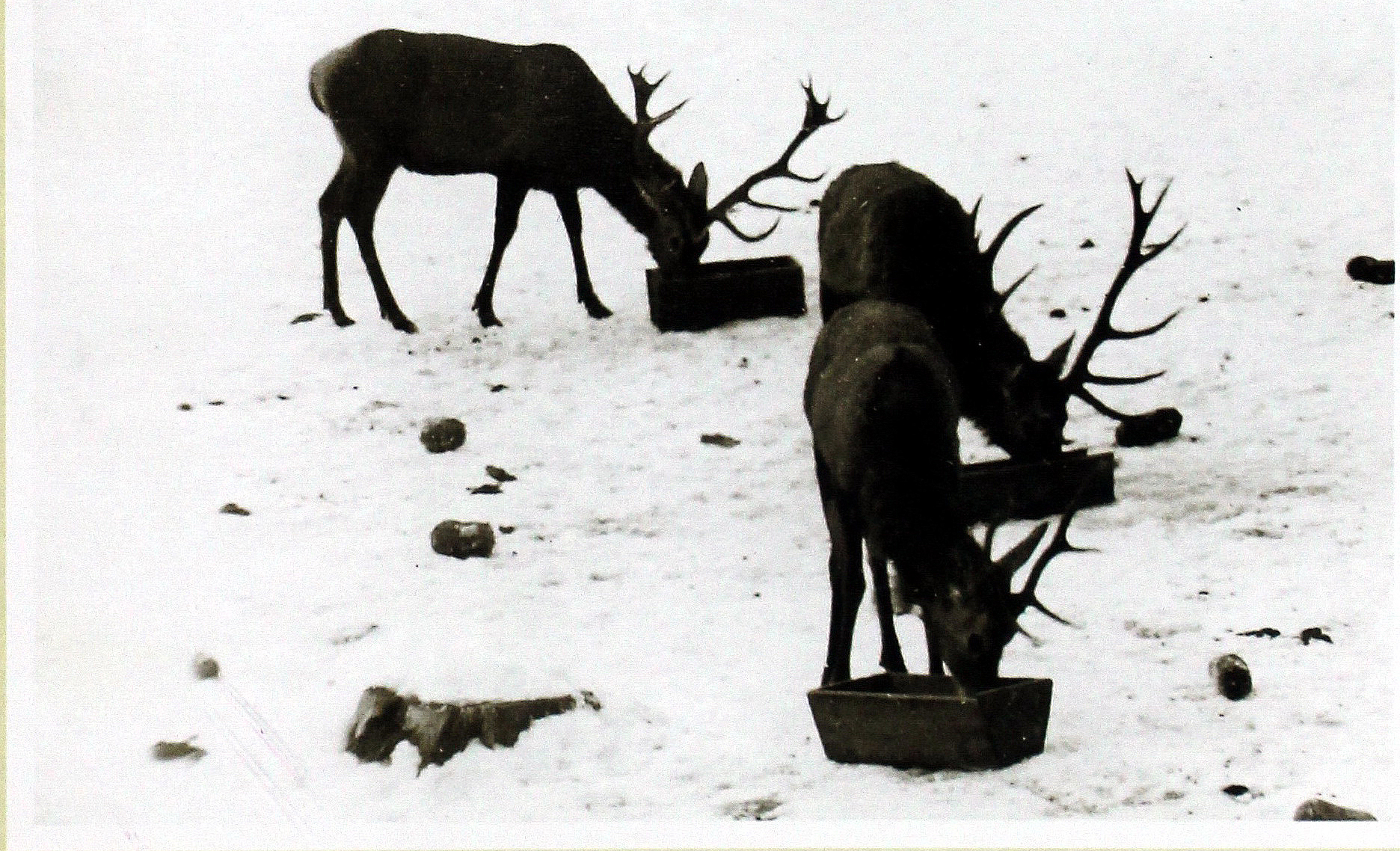
Not only hunting but also fishing deserves special mention. Numerous rivers and lakes of Rominta were rich in fish. Bream, tench, pike in lakes Vishtiter (Vishtynets), Marinovo, Goldap, trout in rivers were constant catch of lucky fishermen.
Having hunted in the Pushcha for the first time in the autumn of 1890, Kaiser Wilhelm II was so amazed by the successful hunt, and also impressed by the beautiful and picturesque views, that he decided to build a hunting lodge in the Pushcha, which will be discussed in a separate story .
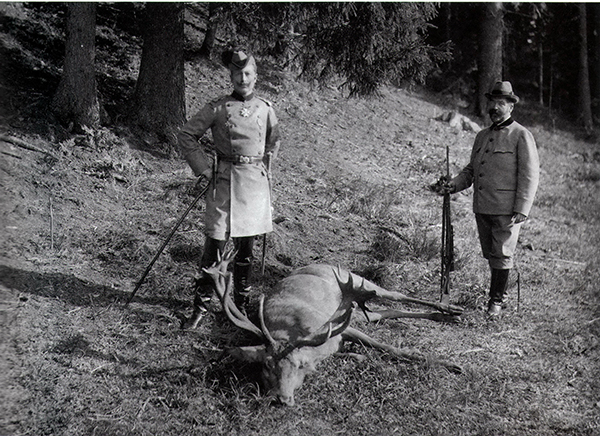
The Kaiser preferred hunting deer and elk, which were abundant in the Romincka Forest at the time. In 1894-1895, hunting for black grouse was practiced, a brood of which was given to Wilhelm for breeding by Emperor Nicholas II. But in a short period of time, without proper control, they were all killed.
The Kaiser's hunting party (in the absence of honorary invited guests) included, in addition to the Emperor himself, the chief huntsman, a forester, and several lower ranks. The capture of each trophy was celebrated by the huntsman playing a melody on the horn.
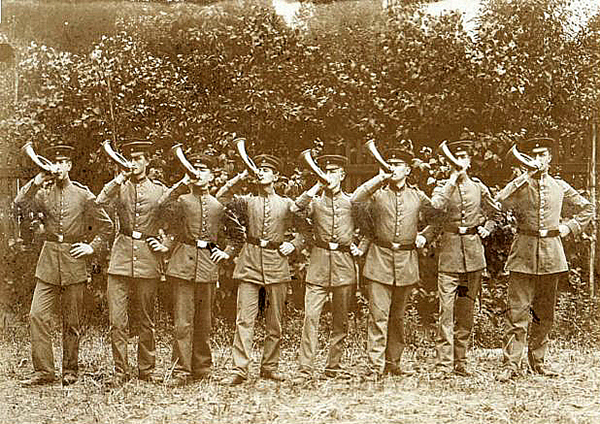
Every autumn the Kaiser would come to Rominten to hunt red deer. The Rominten deer… Legends circulated about its beauty and splendour. The large and strong bulls were considered some of the most beautiful in Europe. Their beautiful, powerful antlers with numerous branches were a coveted trophy for hunters. To increase their numbers, local game reserves were created with year-round baiting, and the best males were given their own names. Many of the individuals were depicted by court animal painters, of whom R. Friese stands out, having left many images of the Kaiser's deer. After him, G. Loebenberg worked, painting Goering's trophies.
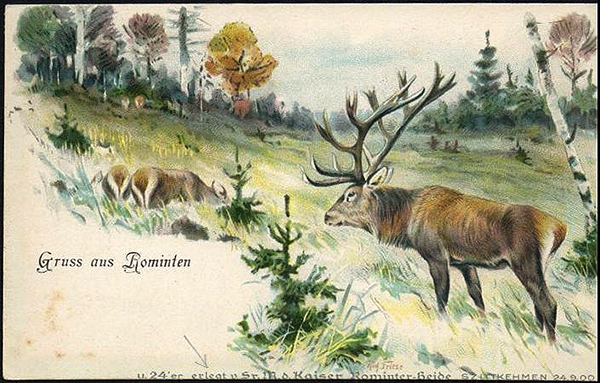
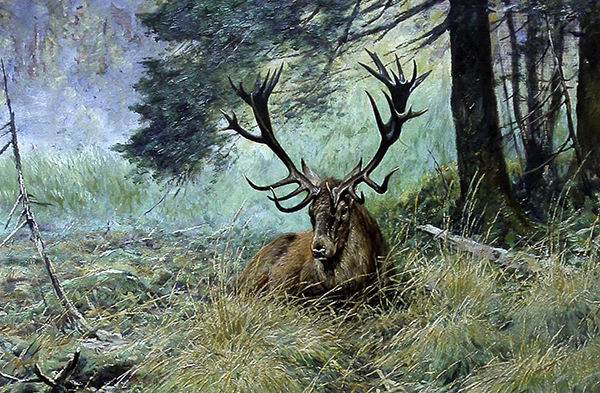
The hunting traditions established by Kaiser Wilhelm II were continued by Reichsmarschall Hermann Goering, who also held the post of Reich Minister of Forestry in Germany. He built a hunting lodge in Romint and invited distinguished guests from both the Third Reich and European countries to hunt there.
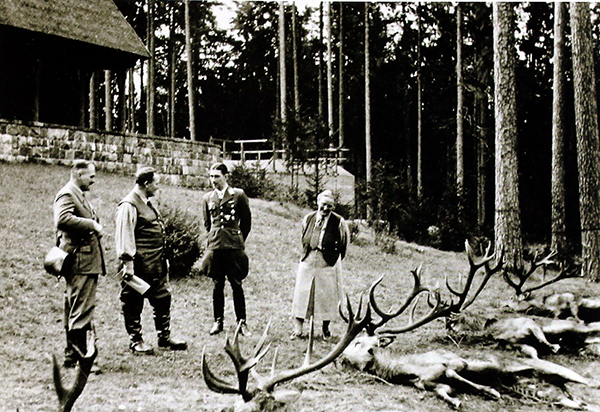
During this period, attempts were made in the Pushcha to breed not only deer (as under the Kaiser), but also lynxes, as well as wild bulls and bison brought from the Belovezhskaya Pushcha.
